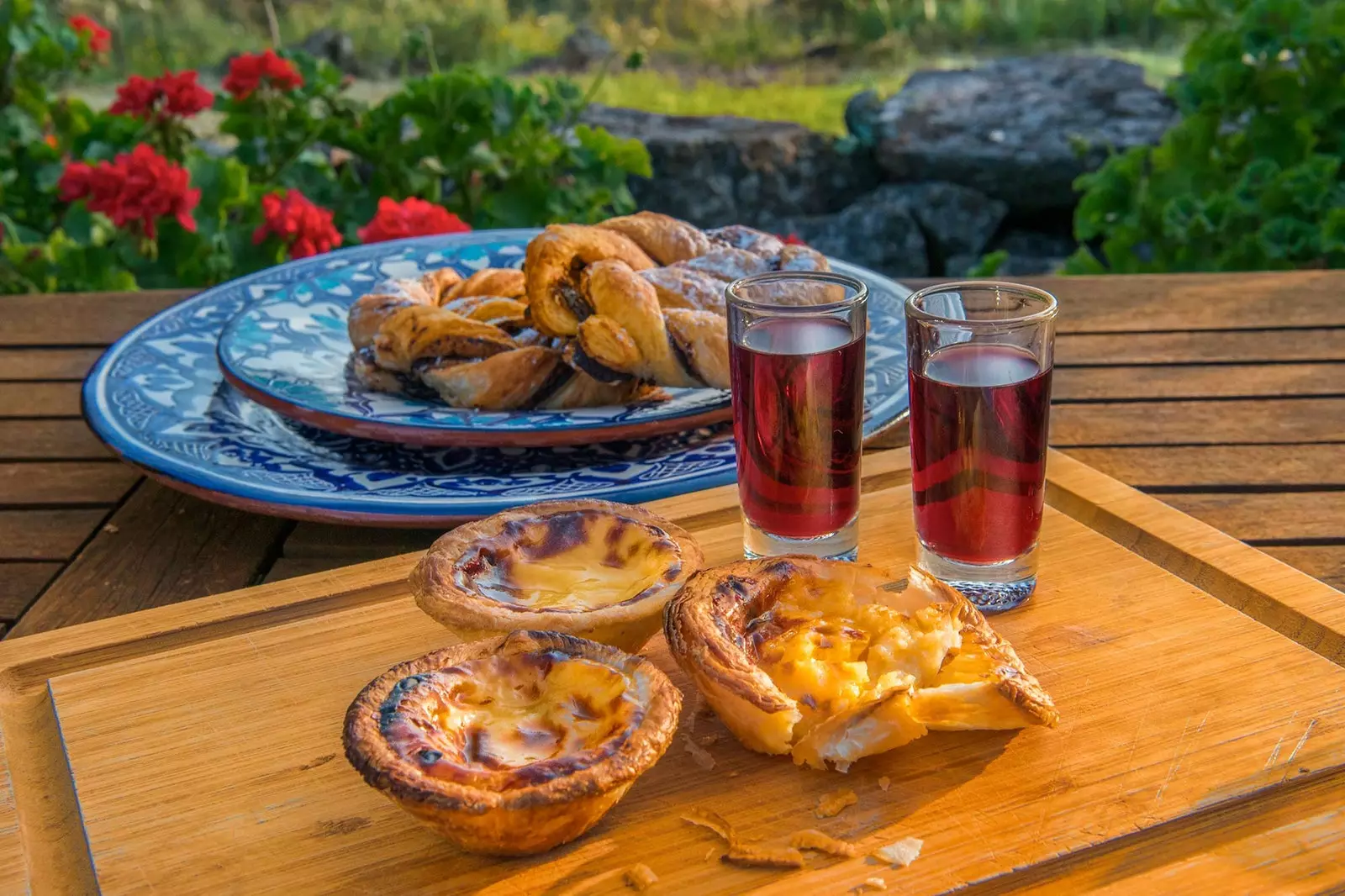
Alentejo is one of the gastronomic jewels of Portugal
The Alentejo it is, for most Spaniards, an unknown region beyond a couple of topics that do not do justice to its importance within Portugal. In a country that is approximately the size of Andalusia, the Alentejo territory accounts for a third of the total area. Something like if we were talking here about a territory that extended throughout Castilla y León, Galicia, Asturias, Cantabria, the Basque Country, La Rioja and Navarra.
But beyond the importance given by its relative size within the country and its proximity to Lisbon, which has made the Alentejo community historically one of the largest and most active in the capital, the Alentejo is a region of incredible diversity that has little to do with the topic of plains, cereals and a lot of heat that we usually give it from this side of the border.
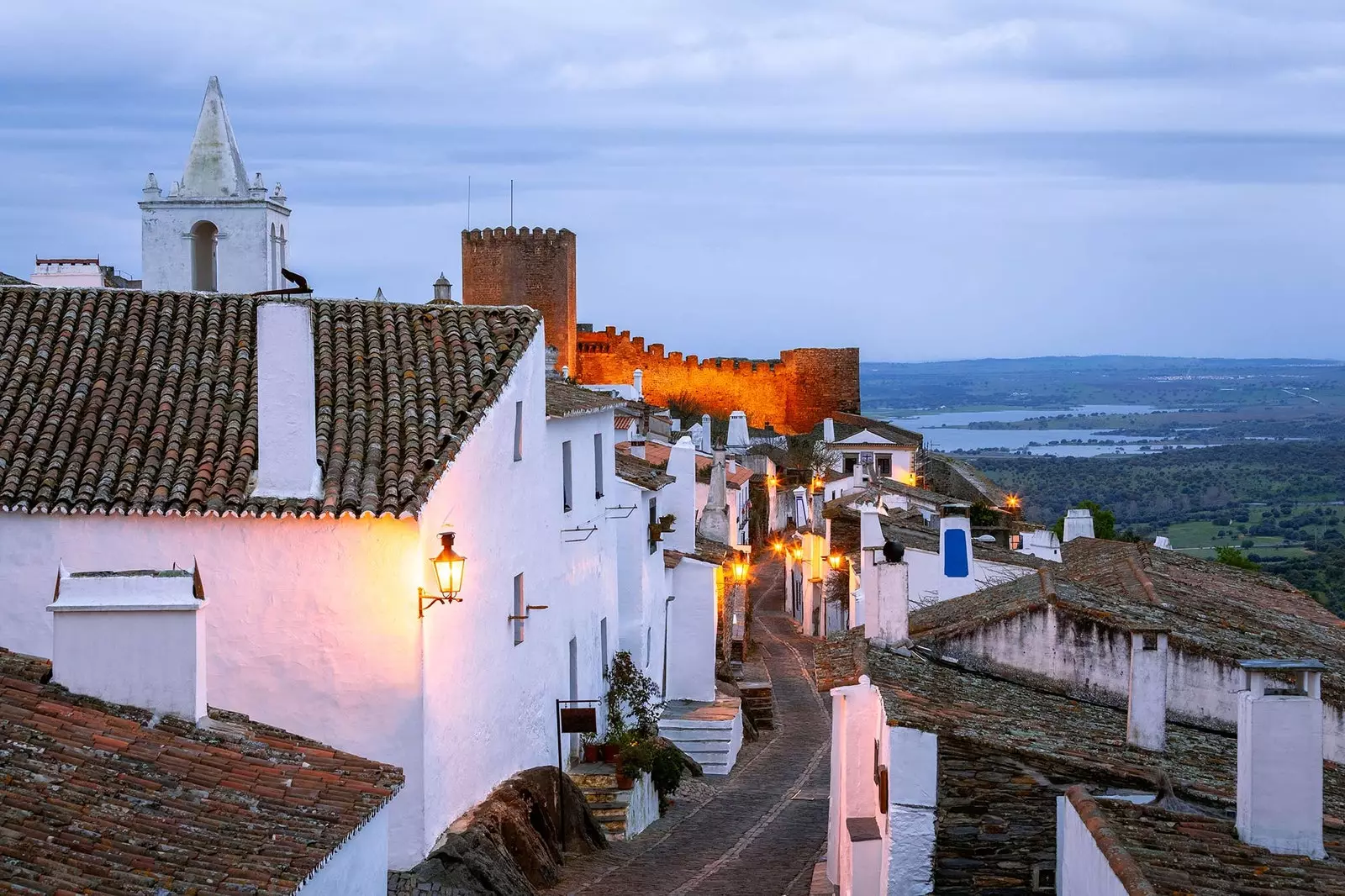
The Alentejo is a region of incredible diversity
The north of Alentejo is more mountainous, with endless meadows, villages perched on impossible hills and colder winters. ; the center and the south have scorching summers (the fact that they border on Badajoz and the interior of Huelva should have given us some clue) and it is the one that best responds to the topic, although it is also full of world heritage sites and of some of the megalithic monuments most spectacular of the Iberian Peninsula.
The Alentejo Coast, for its part, is the last stretch of almost virgin coastline in continental Europe . Endless beaches, fishing villages perched on the cliffs, and a much milder climate than its inland neighbors.
Each of the three areas has its own gastronomic personality, although they all share flavors, techniques and elaborations that can be found, with variations, in one town or another ; a kitchen in which aromatics are very present, in which temporality rules and that, despite being very much alive, has been able to successfully reinvent itself in recent years.
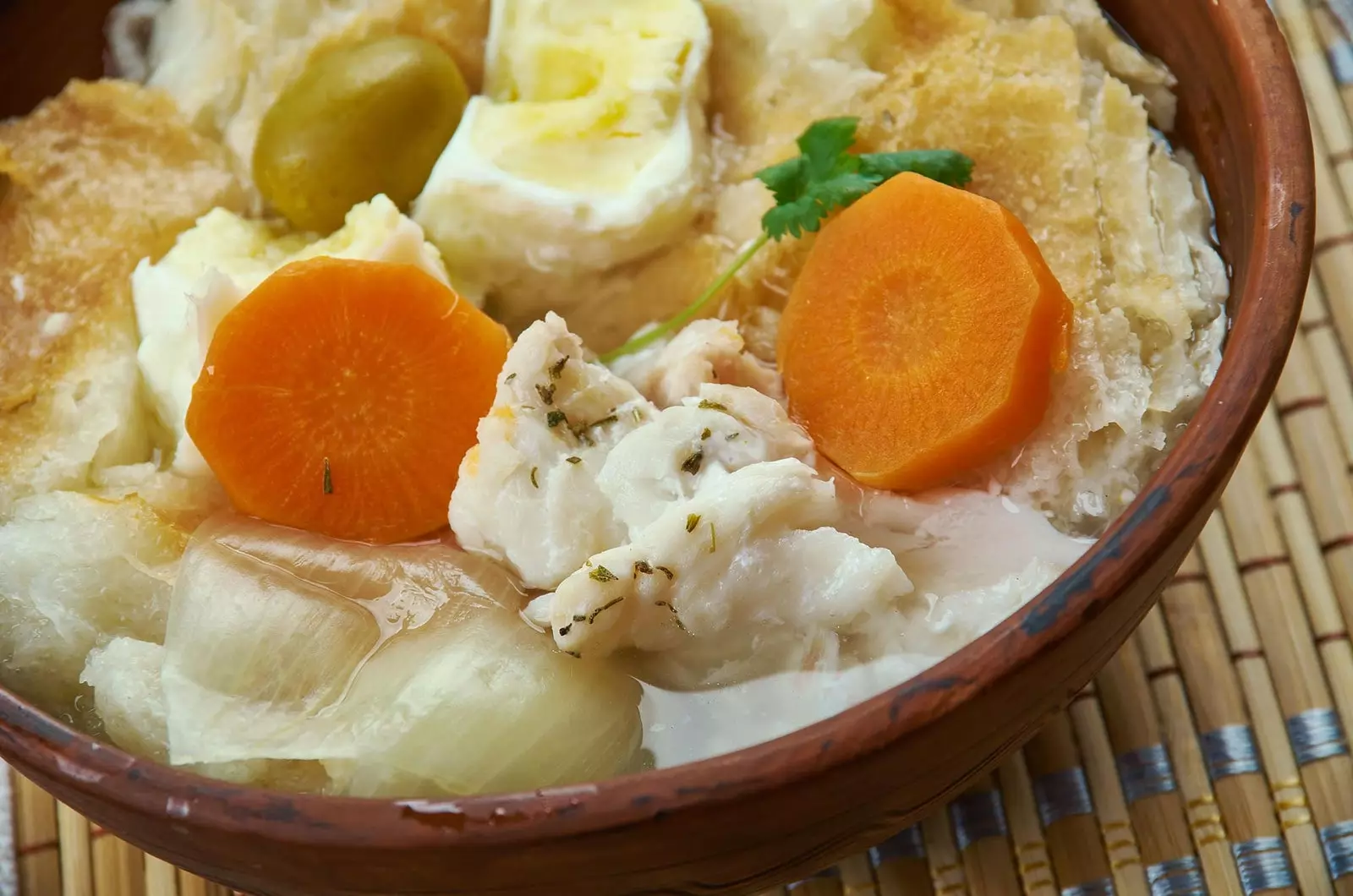
In Alto Alentejo you can enjoy simple regional cuisine, such as the Alentejo açorda.
UPPER ALENTEJO
Marvão It is one of the jewels of the Alentejo, and I would dare to say that of Portugal: a small town perched on cliffs above the valley of the River Sever , one step away from the Spanish border in Valencia de Alcántara.
the spectacular walled centre, of medieval origin and full of Renaissance houses and mansions at the foot of the castle , has some gastronomic options but, as it happens in most of these tourist centers, sometimes the prices are a little higher, the offer is somewhat standardized...
I will not encourage you to stop visiting the village. In fact, I think it is an essential stop, but a good option to eat is to go down to the road that comes from Spain, in the Portagem village , and look for the Hotel Rio Sever.
In his restaurant he serves a simple regional cuisine , of contained prices and a more than acceptable quality: venison stew with chestnuts either wild boar in tomato in winter, chord (a fairly consistent type of soup) alentejo, lamb soup and a long etcetera of local dishes are the central axis of its proposal.
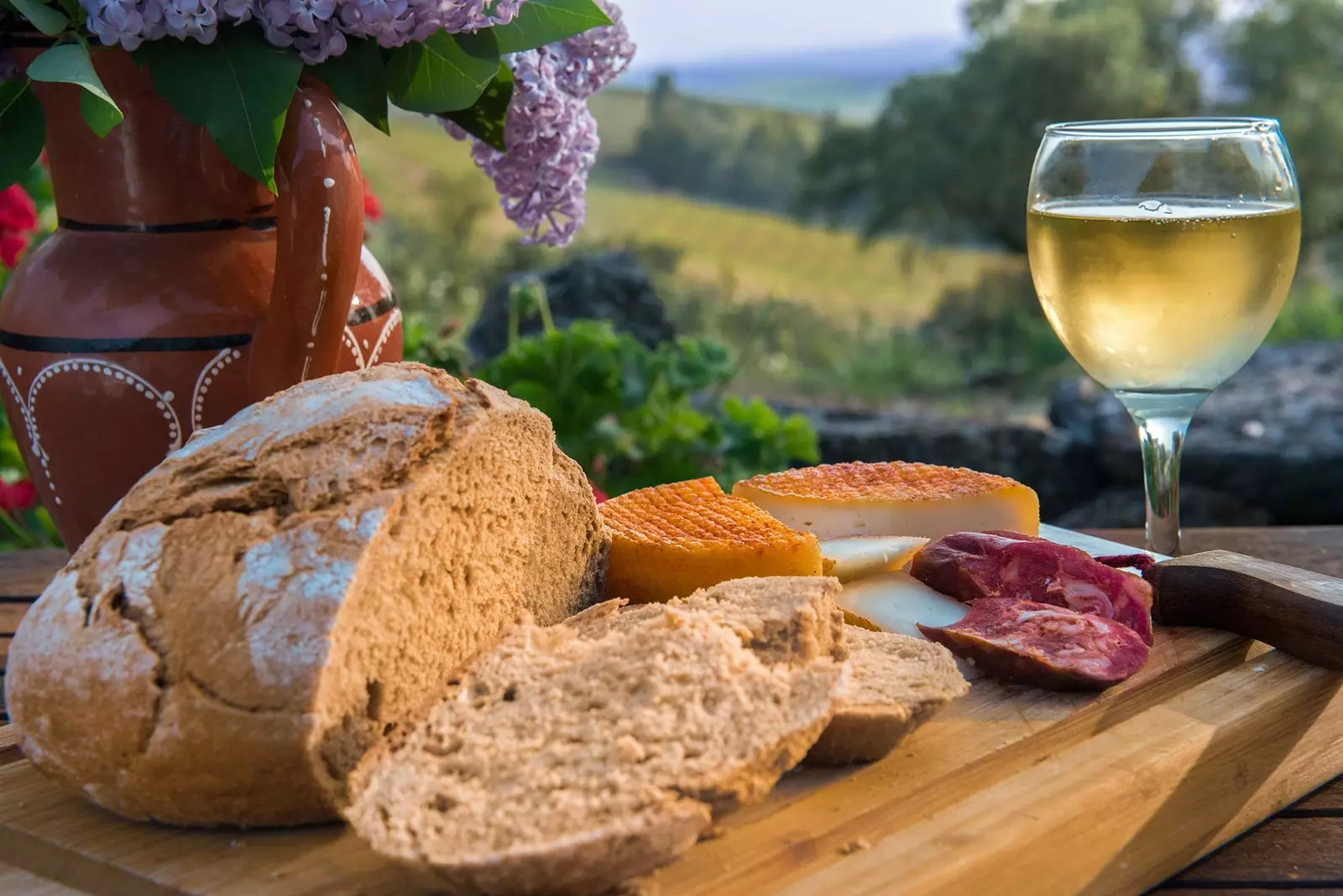
Wine and cheese to enjoy gastronomically from Alto Alentejo
in the neighbor Castle of Vide , another of those towns where it is worth stopping and wandering aimlessly, is the restaurant Dom Pedro V . It is installed in the stables of an old palace where King Dom Pedro spent the night and it is one of those restaurants that seems to be outside of time and fashion, suspended in a classicism with an almost decadent point that maintains a regional cuisine. of a family nature. Dogfish soup with coriander and walnuts, feijão rice (with black beans), potato crumbs with rib…
A half hour to the south by car is Portalegre , one of the main cities of the district, and the capital of up-to-date cuisine in Alto Alentejo. In its pleasant historic center there are two of the most interesting restaurants in the region: Tombabobos Y Or Solar do Forcado.
Chef José Julio Vintém offers an updated version of Alto Alentejo cuisine in his Tombalobos. Lamb gizzards, lamb trotters in tomato, or tomato soup with poached egg share letter with guinea fowl açorda finished in the oven or fried dogfish with crumbs of wild green asparagus.
A little hidden in a street on the edge of the historic center of the city, O Solar do Forcado is, with its bullfighting atmosphere, the other reference in Portalegre. It's about a restaurant specializing in bull fighting and porco preto meats (the Portuguese cousin of the Spanish Iberian pig) . One of those spaces that is worth visiting both for its cuisine and for its character.
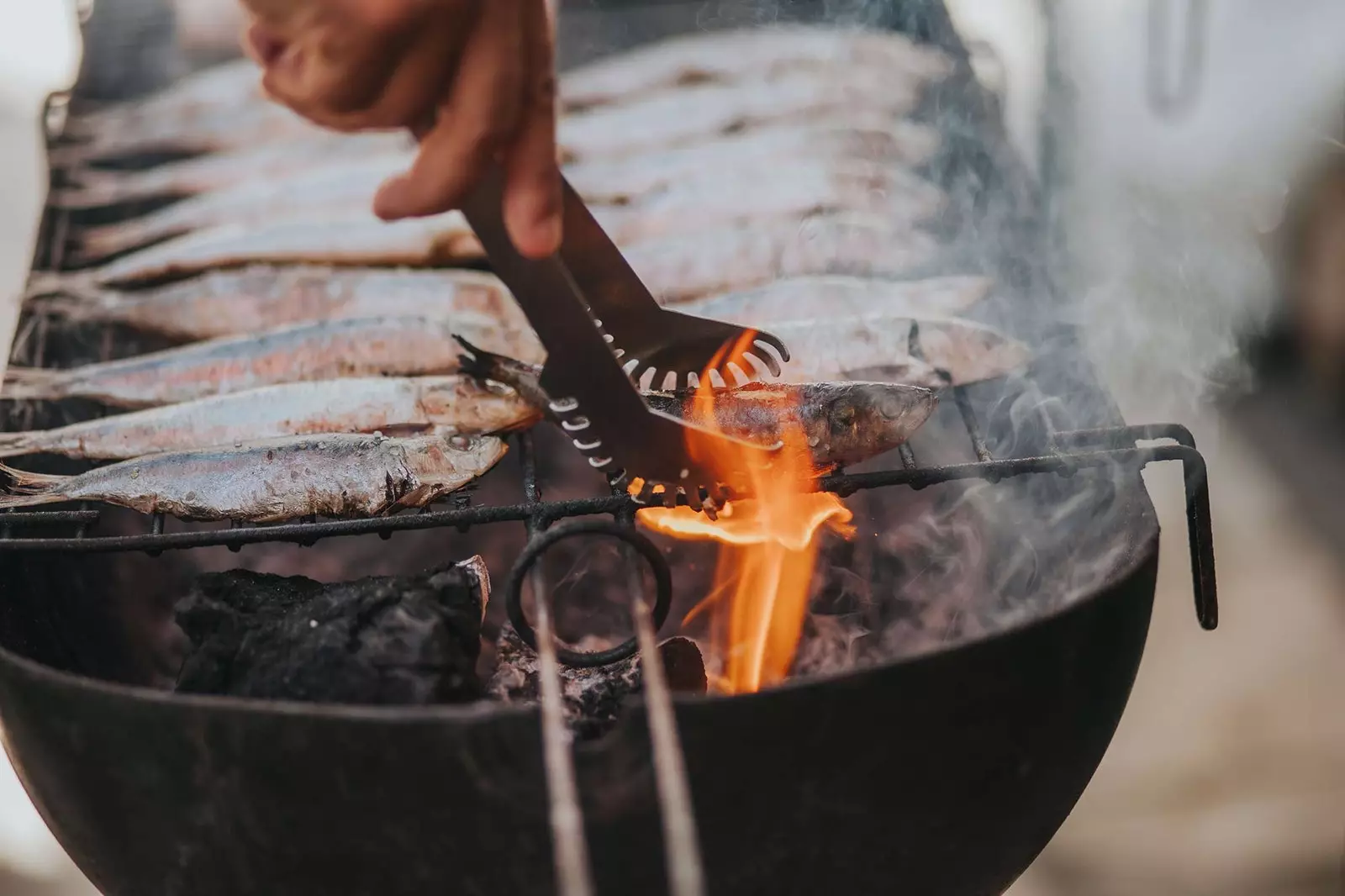
In Central Alentejo and Baixo Alentejo, both meat and fish are typical dishes.
CENTRAL ALENTEJO AND BAIXO ALENTEJO:
This is the area where the main cities are ( Evora, Estremoz, Montemor-O-Novo, Beja, Mértola ) and one of the most extensive, so the offer here is very varied.
If you visit the monumental complexes near the Badajoz border (Elvas, Vila-Viçosa, etc.), perhaps the best option is to stop to eat at Estremoz . And not only because the city has an undeniable charm, but also because some interesting proposals are concentrated here.
Probably the most famous today is Mercearia Gadanha , a beautiful space that combines restaurant and wine and grocery store in which Alentejo flavors are reinterpreted in dishes such as millefeuille of confit cod and porco preto ham, octopus with bean purée and chorizo or porco preto sirloin with red onion compote and crispy linguiça, a local sausage.
In the upper part of the town, inside the fortress and next to the Pousada (the equivalent of our Paradors) that occupies the castle, which is worth looking out at even if it's just for a coffee, is the Cadeia Quinhentista which, as its name suggests, occupies a old prison from the 16th century.
The partridge with beans and chestnuts, oven-roasted grouper with linguiça and potatoes or Alentejo meat (porco preto loin with clams in sauce) are examples of his cuisine. The small terrace on its roof is one of those secrets that the city hides and that is worth discovering, especially on a summer night.
If the route goes further south, you have to stop at Serpa , a small fortified town, and taste its queijada, a local sweet resembling a miniature baked cheesecake that, although it has dozens of versions throughout the country, here it has a hard-earned fame.
Very close to Monsaraz , another of those towns that must be marked as essential in any itinerary, is Herdade do Sporao , a cellar which houses a tourist complex that includes one of the most interesting restaurants in the south of the country.
The average prices are higher than the average for the area (around €50, apart from the cellar), but as soon as one sets foot on the property and looks into its pleasant dining room, one understands that its offer is not the usual either.
Updated Alentejo cuisine , which can be enjoyed both à la carte and in 5 or 7 course menus, and the possibility of complementing the visit with a tour of the barrel room , 30 meters deep, or doing a wine or oil tasting make it a must.
Although if you want to spend a little less and enjoy the whole of the winery, you can always book one of their picnics among the vineyards (€25 per person, minimum two people).
Westward, Evora It is one of those cities that justify a trip. Its set of Roman, medieval and Renaissance buildings gives it a unique character. It is also a very good place to immerse yourself in Alentejo cuisine.
Try to do it in the restaurant Origins , a more current vision with proposals such as the shrimp with onion petals and fried rice, the pig's head terrine with plums or the low-temperature octopus with chickpeas and spinach ; in O Fialho , if you are looking for a more traditional option (be sure to try the lamb trotters with garlic and cilantro) or in the Dom Joaquim , perhaps the great classic of the city, with dishes such as hare feijoada and unmissable desserts like the sericaia wave golden soup.
ALENTEJAN COAST
I am not objective with this part of the region. If I ever get lost, you will surely find me somewhere in the endless beach of more than 70 km. that from Setúbal extends to Sines or in any of the coves of impossible blue waters that open between the cliffs near Porto Covo or Rogil.
Here life goes at a different pace. And if during the 4-6 weeks that the highest season lasts, the overcrowding is more than relative, the rest of the year the tranquility is absolute and one has the feeling that the beaches are there for oneself.
The kitchen goes in the same line: local product uncomplicated, countless places with great views, pastry shops and wineries that seem to have been there all their lives. And a rhythm that infects you from the moment you set foot in the area.
Starting from the north we find Praia da Comporta , one of the trendy beaches due to its proximity to Lisbon, which is just over an hour away, around which a very interesting contemporary offer is growing.
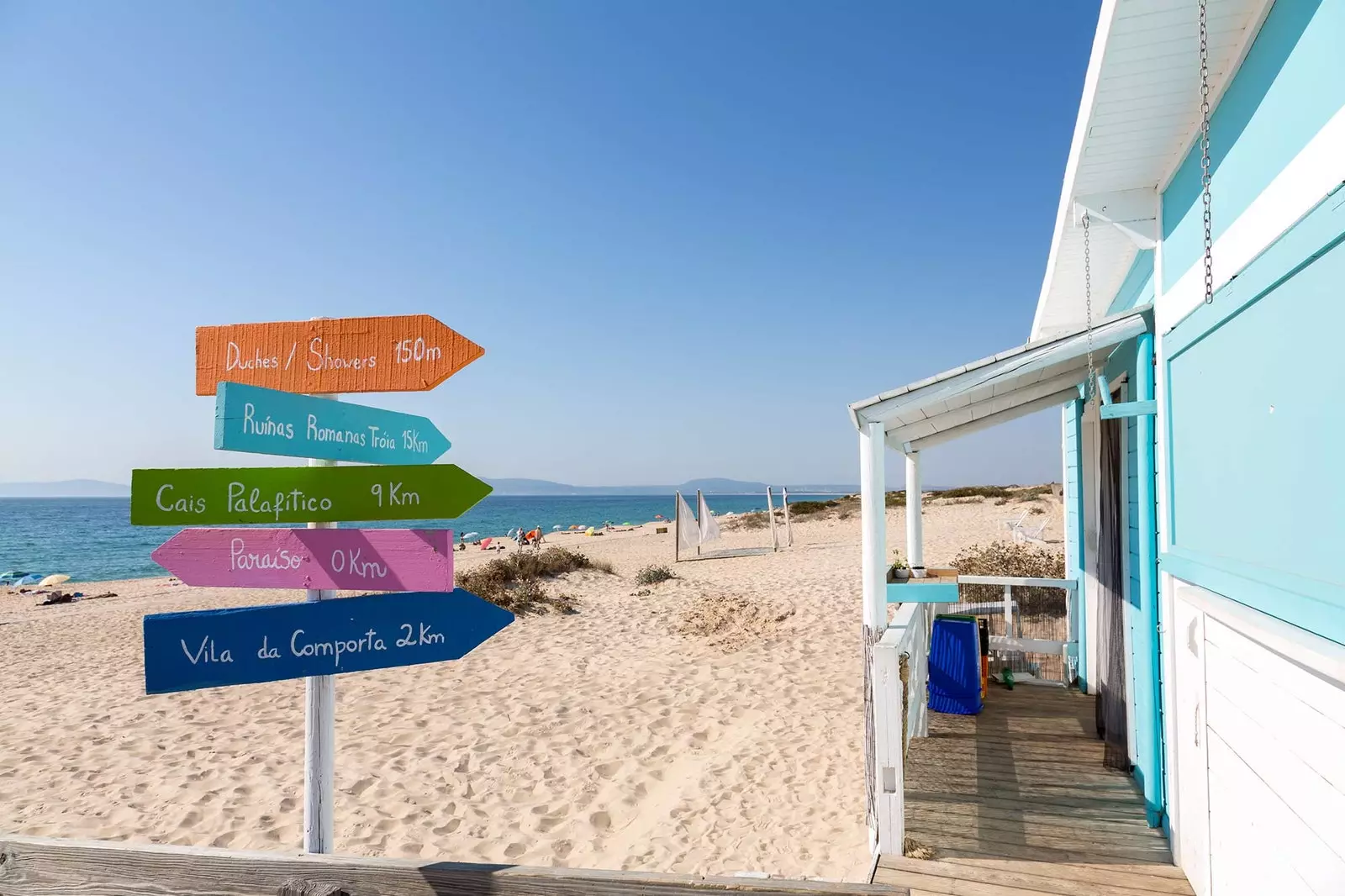
The gastronomic offer of one of the most famous beaches is a range of possibilities.
It is the case of to school , a restaurant installed in an old rural school on the edge of the rice fields of the Sado River, which plays around the traditional cuisine of this area where the river and the sea meet. The choco broth rice with prawns and the mountain rabbit empanada They are two specialties not to be missed.
A little further south, in the Sublime Hotel , there are three options: in To Tasca da Comporta the offer is simpler and based largely on portions to share while in the semporta , located in an old rice warehouse, goes one step further, always using local produce as the basis for dishes such as its Locally produced rice with the wild fish of the day, clams and prawns.
The highest range of its offer is in the foodcircle , a small space in the middle of the garden, which only opens with prior reservation, for groups of between 6 and 12 people who sit at the bar around the kitchen and with a fixed menu of €165 (drinks included) in which the embers have a leading role.
But not everything is in this line on the Alentejo coast. In fact, much of its appeal is in the simplest proposals. It is the case of grilled fish served facing the sea in the Lashing Thorns , on São Torpes beach, on the outskirts of Sines.
or in Chez Daniel , in Lagoa de Santo Andre , founded as a fishermen's shack on the dunes in 1925 (under the name of Miramar) and renovated in 2011 by the fourth generation of the same family. Here you have to try eels, fried or in soup (a type of stew) , grilled fish or mixed caldeirada.
And then, arrive in time to watch the sunset from one of the bars planted directly on the sand. The Beach Lounge of Santo André, the Lagoa ao Mar de Melides or the Zé de Monte Clérigo , to name just three.
Any of them will make you want to stay to see one more sunset. And if you accompany the beer with some grilled sardines or a freshly fried cuttlefish, you will probably never want to leave. Let it not be said that I did not notice.
